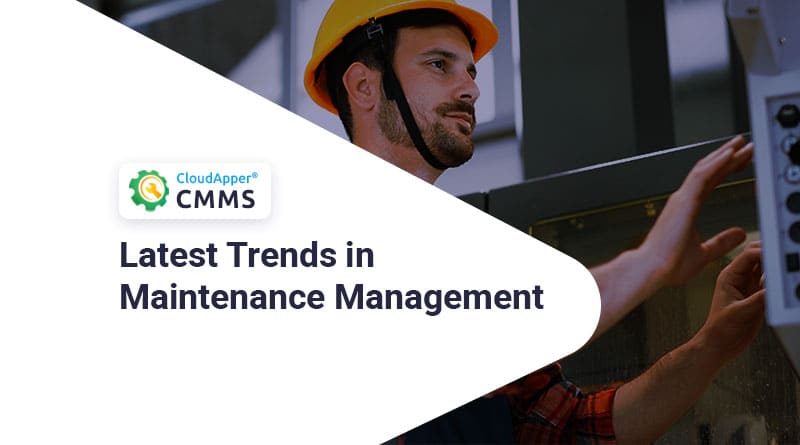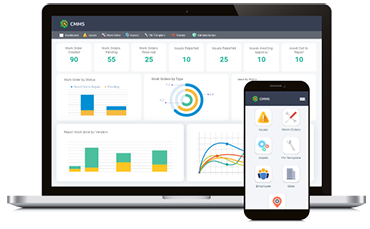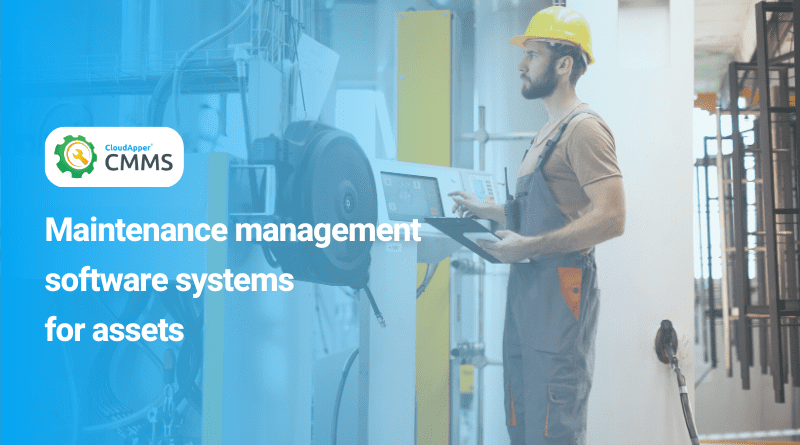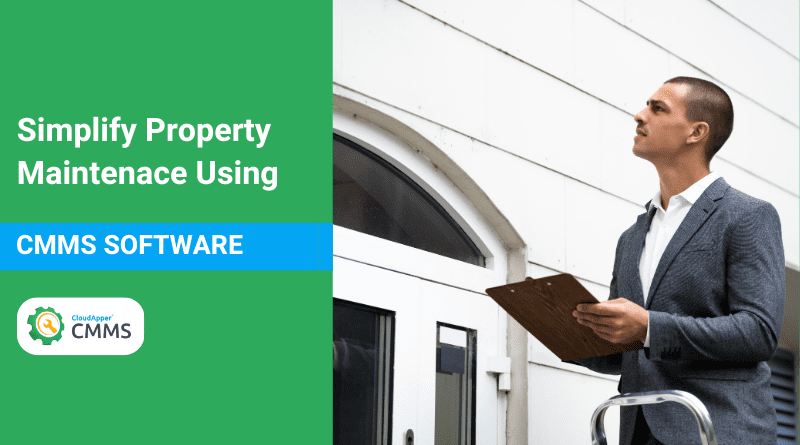Maintenance management has evolved over time to meet the needs of various enterprises, particularly their machinery. Whatever industry an organization is in, its machinery must constantly be in good working order, deliver great performance, and assist in meeting deadlines. Most people know that effective maintenance management improves asset reliability, reduces unplanned disruptions, and speeds up maintenance procedures. As a result, more organizations and maintenance managers embrace and apply the latest trends in maintenance management in their facilities. Without further ado, let’s look at some of the maintenance management trends that improve equipment performance, improve its condition, and even extend its life.
Latest trends in maintenance management that you can adopt
Cloud-based solutions that can be used on the go
While this is not one of the latest trends in maintenance management, it is one of the most common, which is why it is included on this list. But why is it becoming so popular among maintenance managers?
On the other hand, maintenance managers have a lot on their plates every day. They must, among other things, write work orders, allocate them to technicians, follow up, and move about the facility. They require a solution that can go with them and make their duties easier because they generally work around the site and do not sit at desks. CloudApper CMMS, fortunately, fulfills the bill perfectly.
CloudApper’s CMMS software solution is accessible to maintenance teams via smartphones, tablets, and PCs. Furthermore, because all information is stored in a central and secure location online, companies may use it across devices. However, the best thing is that CloudApper CMMS can be completely customized to meet the organization’s demands, making it an ideal option for anyone looking for a more personalized experience. As a result, CloudApper CMMS is one of the market’s most adaptable solutions.
Augmented reality
Augmented reality, or AR, is overtaking the globe, and it’s no wonder that it’s also one of the latest trends in maintenance management. The possibilities and applications of augmented reality are endless, and it is making its way into different industries, such as manufacturing, construction, and so on. Users can stand in front of the machines and view the operating instructions. Furthermore, maintenance technicians can use a digital checklist to perform equipment maintenance.
Another advantage of augmented reality is that technicians can upload the asset’s most recent condition, which management can check without even visiting the equipment on-site and still see it (and its problem) in full view. Maintenance managers can also utilize augmented reality to instruct their teams. This is quite advantageous because the sessions may be supplied without waiting for the machine to be idle, which saves time.
However, augmented reality is still relatively new, and adoption is gradual – it may take some time before it becomes mainstream, particularly for maintenance operations, because it is a new and expensive piece of technology.
Accurate data collection for optimized analysis
Nowadays, information is everything, and accurate information and proper analysis may dramatically improve maintenance management within any facility. Most maintenance managers recognize that the more detailed the information, the more accurate the projections and the better decisions the organization can make for equipment maintenance.
As a result, one of the latest trends in maintenance management is for maintenance managers to include more information about assets, their status, expected EOL, replacement parts needed, technicians assigned, and everything else related to maintenance. All of this information will assist paint a clear picture of the maintenance efforts, how effective they are, and what modifications may be required in the future.
Better inventory management
Maintenance managers must also ensure that spare parts and components are available at all times in order to avoid unplanned downtime and production disruptions. As a result, enhancing inventory management is one of the most current advances in maintenance management.
Fortunately, contemporary CMMS technologies have made spare parts and inventory management easier than ever. Maintenance managers and technicians can use a robust CMMS software solution like CloudApper CMMS to allocate which spare parts are required by which machinery, an expected period of when the machine will require a component to be changed, etc. A data-driven approach to inventory management reduces inefficiencies, expedited transportation of items, and higher costs, ultimately enhancing maintenance management.
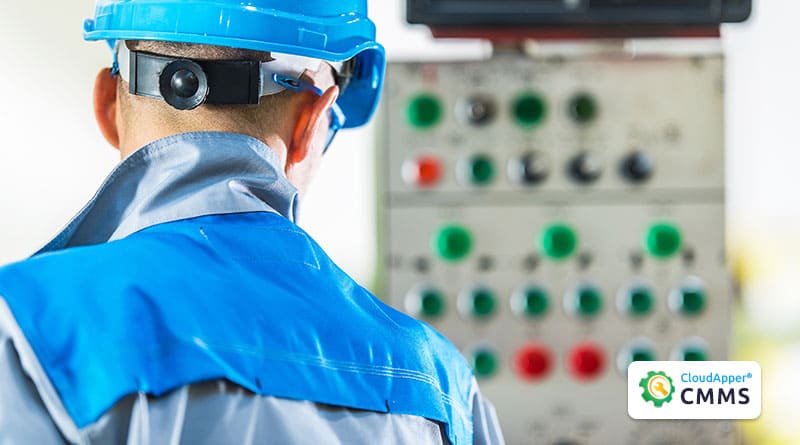
Broader availability of internet across the facility
Although 5G is now available, its coverage is still fairly limited. In fact, the majority of countries still do not have 5G. The majority of operations necessitate the use of the internet, and maintenance management is no exception. On the other hand, organizations prioritize ensuring a consistent internet connection throughout their facilities.
The maintenance team can do the following with a dependable and fast internet connection:
- Complete work orders on the go
- Use maintenance management software across the site
- Aren’t tied to their desks for new work orders or updates
- Download, update and view information faster
- Reduce response times
The latest trends in maintenance management are continuously evolving
While these are some of the most recent maintenance management trends, they are constantly changing. Furthermore, several of these developments are based on technology that is still very new (5G, AR) and pricey, and it will take a few more years to determine whether or not these will become mainstays in maintenance management. However, more firms implement maintenance management software because they understand the ROI such solutions provide and how much they help streamline maintenance management efforts.

